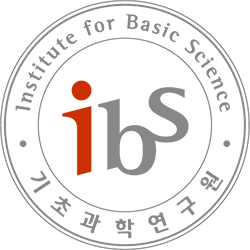Eui Min Jung, Antithetic Integral Feedback Ensures Robust Perfect Adaptation in Noisy Biomolecular Networks
B378 Seminar room, IBS 55 Expo-ro Yuseong-gu, Daejeon, Korea, Republic ofWe will discuss about “Antithetic Integral Feedback Ensures Robust Perfect Adaptation in Noisy Biomolecular Networks”, Briat, Corentin, Ankit Gupta, and Mustafa Khammash. Cell systems 2.1 (2016): 15-26. Abstract The ability to adapt to stimuli is a defining feature of many biological systems and critical to maintaining homeostasis. While it is well appreciated that negative feedback …




